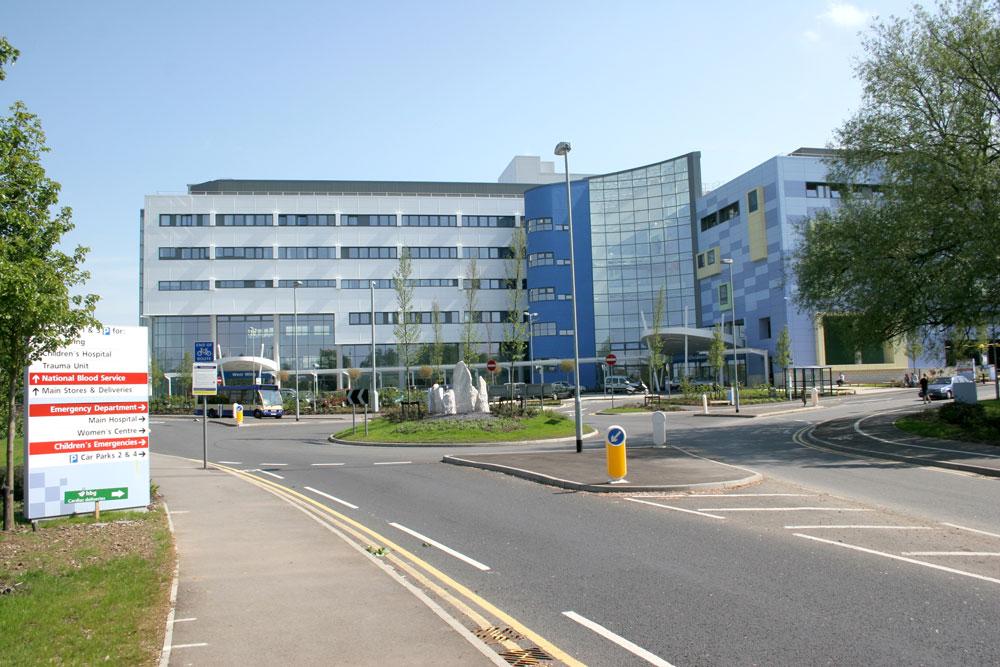What can a car company teach us about facilities management in the healthcare sector? Peter Brogan, head of Research & Insight at the Institute of Workplace and Facilities Management, explores
Virginia Mason Medical Center, in the US city of Seattle, started losing money in 1998. Rather than panic, its then CEO, Dr. Gary Kaplan, looked to Toyota for a new management style to get the hospital back on track.
Toyota has operated a lean production operation for almost a century – although the term wasn’t coined until the 1990s – but what does 'lean' working mean to the facilities manager in the healthcare sector?
Lean principles are underpinned by the need to 'improve flow', which means getting the right things to the right place at the right time and in the right quantities. At the same time, the manager must strive to 'eliminate waste' which, in practice, means minimising waste where possible.
When implementing Toyota's principles, Kaplan started with stream mapping. This is the process of taking a complex activity and breaking it down into steps, so you can identify where efficiency can be improved. For Kaplan, this meant tracing the patient's journey on a map of a hospital using a piece of blue wool.
Once the patient's journey had been mapped, Kaplan was presented with a striking visual depiction of how patient's interact with staff and the building. The realisation? Patients were being ferried around the hospital inefficiently, which meant a considerable amount of time was being wasted.
After seeing the results of the stream mapping exercise, Virginia Mason's team could identify where time could be saved. They initially trialled the implementation on the process of administering chemotherapy treatments, which cut the time it took for the patient to be treated by 50 per cent. Other processes were then tackled, and it was so successful that dozens of other hospitals throughout the US now evaluate in the same way.
But it's not just the US that's seeing the benefit of lean principles. The Lean Six Sigma method is now an international phenomenon thanks to its proved success – our own NHS is engaging with the method and encouraging their implementation in hospitals to boost patient experience. Not to mention, there are dozens of books readily available in libraries and online, and even more short courses for professionals in every major city throughout the UK.
The typical patient journey
So, how can you start to improve how your organisation operates by putting the customer first? Because whether it's a hospital, surgery or private healthcare provider you manage facilities for, there's plenty you could be doing.
Firstly, consider the stream mapping experience. Break activities down to their steps – focus on a single journey initially, such as a patient visiting for a general check-up. Then, using a piece of wool, map out the typical patient journey so that you and your team can identify where and when patients are being unnecessarily ferried from one place to another.
Based on your findings, change up your process and trial it before doing the same for other activities, such as department-specific treatments.
Beyond reducing how much time is wasted, you should also think about material waste. For instance, if your organisation is overstocked with one type of medication while others suffer from shortages, consider how you can better manage your ordering process to make it timelier and reduce waste. After all, if hospitals throw away even a fraction of what patients throw away in unused prescription medicines every year, we could be looking at cost savings in the region of hundreds of millions of pounds.
Lean even goes beyond the patient journey and waste reduction. It also welcomes a sense of openness for teams. What this means is that it’s your mission to encourage your team to raise concerns and make suggestions when they think a process could be improved. In doing so, you will ensure your processes are always improving.
Be mindful that lean principles are not about cutting costs or faster working – they’re about better working and more efficient use of time and money. They’re about making sure your customer is receiving the best possible experience. And with the NHS satisfaction rate continuing to fall, as healthcare professionals, we must do something.
With Toyota’s help, it seems, we can be better facilities managers – for the good of everyone.





